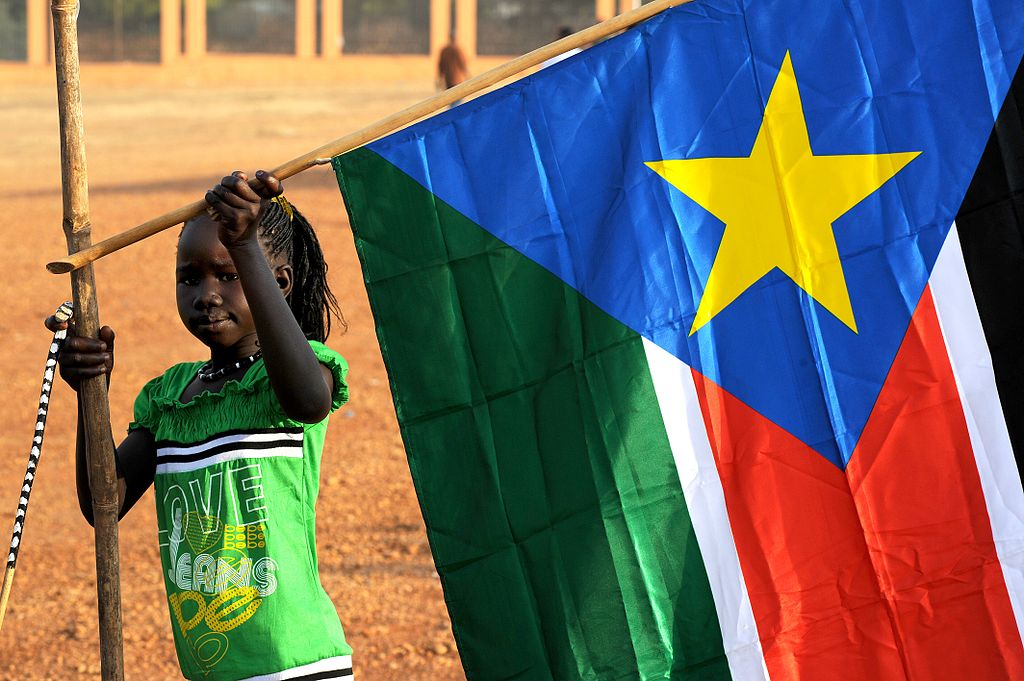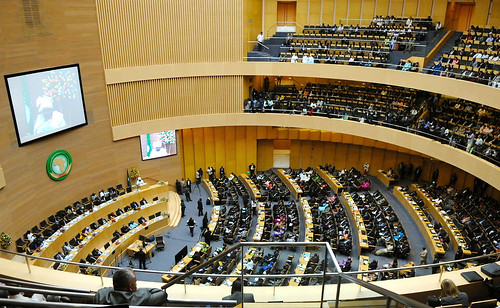
This article was originally published by the Institute for Security Studies (ISS) on 15 September 2014.
On 26 August 2014, the two parties to the South Sudan conflict – the government of South Sudan and the Sudan People’s Liberation Movement in Opposition (SPLM in Opposition) – reached their fourth agreement aimed at ending the violence that broke out in mid-December 2013. The latest accord mediated by the Intergovernmental Authority on Development (IGAD) is called the Implementation Matrix of the Cessation of Hostilities agreement, and gives the two parties 45 days to form a unity government.
It follows three previous agreements: the January 2014 Agreement on Cessation of Hostilities and Status of Detainees; the May 2014 Agreement on the Recommitment on Humanitarian Matters of the Cessation of Hostilities; and the June 2014 commitment to the formation of a transitional government of national unity, which was intended to have happened within 60 days.

